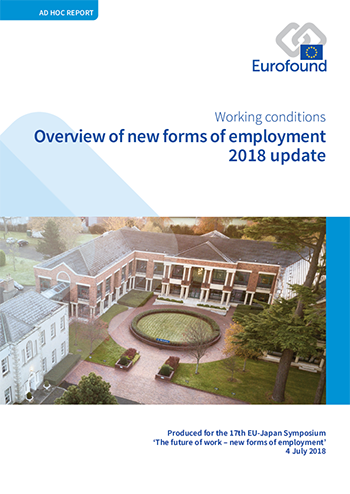
Across Europe, new forms of employment are emerging that differ significantly from traditional employment. Some of these forms of employment transform the relationship between employer and employee while others change work organisation and work patterns. They often involve locations other than the usual employer’s premises, and or extensive use of information and communications technology. This report identifies nine forms of employment that are either new or have become increasingly important in Europe since the year 2000. All of the nine forms discussed are aimed at increasing flexibility for employers and/or employees. Some may benefit employers and employees equally, but in a few cases there are concerns regarding their impact on working conditions and the labour market. The report highlights the need for awareness of potential problems and of safety nets for workers.
- Number of pages
-
34
- Reference nº
-
ef18050
- ISBN
-
978-92-897-1723-6
- Catalogue nº
-
TJ-03-18-061-EN-N
- DOI
-
10.2806/09266
- Permalink
- Produced at the request of
-
the European Commission
- In the context of
-
17th EU-Japan Symposium ‘The future of work – new forms of employment’, 4 July 2018
